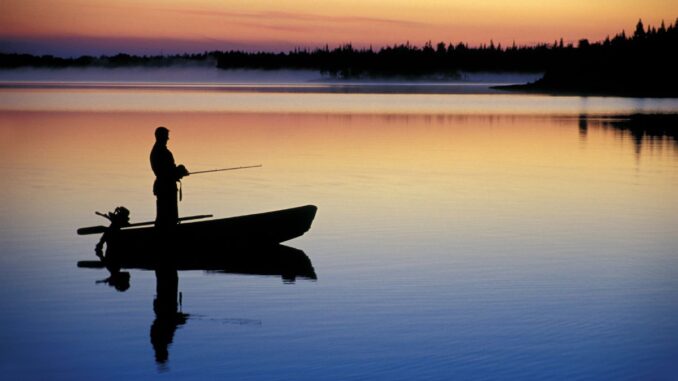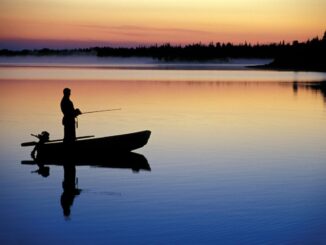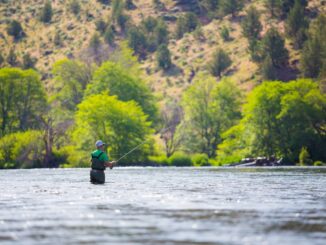
Fishing is more than a hobby; for many, it’s a way of connecting with nature, respecting the ecosystem, and ensuring the sport continues for future generations. A vital practice in sustainable angling is catch and release fishing.
By understanding its significance, avid anglers and fishing lovers can contribute to preserving aquatic ecosystems and fish populations. Here, we’re exploring the importance of catch and release fishing practices and why every angler should do their part.
Protecting the Environment Through Sustainable Habits
Catch and release fishing is a critical practice for maintaining sustainable fisheries and reducing the impact of overfishing. Unsustainable fishing depletes fish stocks, disrupts food chains, and damages aquatic habitats.
By releasing fish back into the water, anglers give them the opportunity to reproduce and sustain their populations. This practice ensures that natural ecosystems remain balanced, which benefits all species, including non-fish organisms that depend on healthy waterways.
For those who love exploring pristine fishing destinations, such as Canadian waters, catch and release fishing in Manitoba ensures that travelers and local anglers can enjoy abundant fisheries without jeopardizing aquatic life. Adopting this simple yet significant habit is a step toward preserving fishing hotspots for future anglers.
Supporting the Health of Fish Populations
Fish populations face numerous challenges, including habitat destruction, climate change, and pollution. Catch and release fishing relieves the pressure on these populations and allows species to recover and thrive.
Some studies suggest that careful handling practices during release significantly reduce fish mortality rates. By properly supporting the fish, avoiding excessive handling, and releasing it quickly, anglers improve the chances of survival and reproduction.
Ethical Choices That Reflect Respect for Nature
Many anglers view fishing as recreation in addition to a responsibility toward the natural world. Catch and release fishing aligns with the values of treating wildlife with respect and minimizing unnecessary harm. Ethical anglers practice methods that prioritize the well-being of fish, such as using barbless hooks to reduce injury and keeping fish submerged in water during handling to reduce stress.
Beyond its conservation benefits, catch and release showcases an angler’s commitment to respecting the balance of nature. This conscious approach makes the activity more rewarding while demonstrating stewardship over the environment.
Ensuring the Future of Fishing
The long-term success of fishing as a sport largely depends on sustainable practices. By practicing catch and release, today’s anglers make sure future generations can enjoy the same thrilling experiences in the wild. Sustainable fish populations also foster opportunities for research, tourism, and economic growth associated with recreational fishing.
Destinations worldwide, including Manitoba in Canada, rely heavily on tourism driven by anglers who appreciate the beauty and richness of their waters. By prioritizing catch and release, anglers contribute to environmental sustainability and protect the cultural and economic significance of fishing—globally and locally.
Catch and release fishing is more than just a method; it’s a philosophy that underscores the importance of respect for aquatic ecosystems and the species within them. From protecting the environment and supporting fish populations to making ethical choices and securing the sport’s future, this practice offers numerous benefits that extend far beyond the waters.



